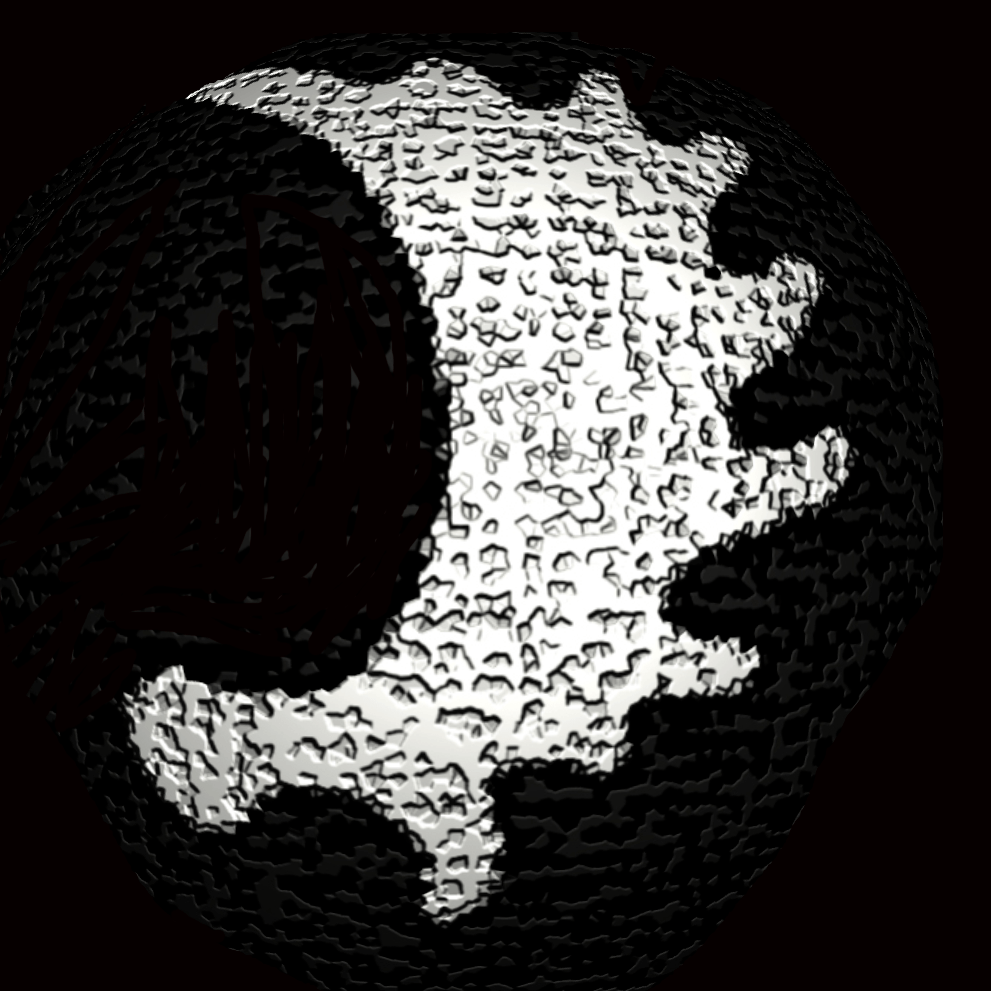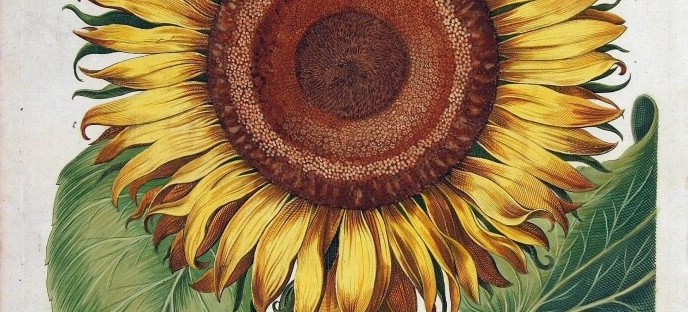Prussia circa 1250, Teutonic Knights Charge during winter, their favorite season in the Northern Crusades. Much of German history is not well known ...for example, there were successful Crusades conducted in northern Europe for hundreds of years and the largest castle ever built in Europe was a German crusader castle, the Marienburg. There once existed… Continue reading There once existed a German state, governed by Warrior Monks, that ruled over all the lands along the Baltic Sea for 300 years
Blog
The German Empire had 4 armies: those of Prussia, Bavaria, Württemberg, and Saxony…and each had their own uniforms, insignias and mottos.
"Stiefelappell" (Boot Inspection Rollcall).. by Carl Röchling . A nostalgic image that encapsulates the calm peace time era that was brought about by Bismarck after 1871. The painter Carl Röchling accomplished this by depicting a beautiful sunny day in 1890, showing us the quaint old German half timber barracks used by the soldiers and casually… Continue reading The German Empire had 4 armies: those of Prussia, Bavaria, Württemberg, and Saxony…and each had their own uniforms, insignias and mottos.
Interesting German historical and cultural facts
Below are just a few examples of topics covered in this Blog… images are linked, just click to see the blog article. To find other subjects that interest you, click on the menu bar to browse historical or cultural topics or type a keyword into the search box. German Americans Teutonic Knights and the Northern… Continue reading Interesting German historical and cultural facts
Marienburg Castle is the largest fortress ever built in Europe
...with walls 27 ft high and 7 feet thick...and with outermost castle walls that enclose 52 acres. For perspective, that is four times the enclosed area of Windsor Castle. Amazingly, this huge German medieval structure still exists... it has survived the ages and is now 743 years old, although it is no longer located within… Continue reading Marienburg Castle is the largest fortress ever built in Europe
Precious family photos that survived WWII
Königsberg, 1937 The photo above was taken in 1937 in Königsberg, the beautiful 700 year old medieval city that was once the capital of East Prussia. In that peaceful and optimistic year, none of the residents could foresee the terror that would befall them only seven years later. Summer 1940. My parents lived in Königsberg… Continue reading Precious family photos that survived WWII
Why so many people consider themselves German, even though their ancestors lived in other countries, sometimes for hundreds of years.
This Map of German Language Areas was produced after a 1910 census. It shows German-speaking areas outside of the Reich borders, giving a good picture of where Germans in previous centuries created settlements, either by self-motivation or in many cases by invitation of foreign rulers who valued their skills and industriousness. This is an… Continue reading Why so many people consider themselves German, even though their ancestors lived in other countries, sometimes for hundreds of years.
The First Reich, or first German Empire, lasted 1000 years, succeeded by the Second Reich in 1871
The First German Empire lasted 1000 years. It was established in 800 AD, was reconfirmed in 962 AD and dissolved in 1806. Officially it was known as the Holy Roman Empire. Karl der Grosse Charlemagne, King of the Germanic Franks and first Holy Roman Emperor, crowned in 800AD...as painted by Albrecht Dürer . After the death… Continue reading The First Reich, or first German Empire, lasted 1000 years, succeeded by the Second Reich in 1871
Pomp and ceremony in the 600 year old Königsberg Castle
This finely detailed painting depicts the 1861 Coronation of King Wilhelm I of Prussia in the medieval Königsberg Castle. This painting by Adolph Menzel is a beautiful image of pomp and ceremony in the Kingdom of Prussia and a rare look inside the medieval castle that was once headquarters of the Teutonic Knights. Only a… Continue reading Pomp and ceremony in the 600 year old Königsberg Castle
People with German Heritage…where did 100 million Germans live in 1930?
This vintage world map shows the wide dispersion of 100 million Germans around the world. Of course most, 83 million, lived in Germany...at that time a much larger country than the Germany of today... but the remaining 17 million were widely spread out all over the globe... in the U.S. (9 million), Brazil (620,000), Canada… Continue reading People with German Heritage…where did 100 million Germans live in 1930?
There were successful Crusades conducted in northern Europe for hundreds of years
Prussia circa 1250, Teutonic Knights Charge during winter, their favorite season in the Northern Crusades. Much of German history is not well known ...for example, there were successful Crusades conducted in northern Europe for hundreds of years and the largest castle ever built in Europe was a German crusader castle, the Marienburg. There once existed… Continue reading There were successful Crusades conducted in northern Europe for hundreds of years
Some interesting facts pertaining to German-Americans…updated with 2019 statistics
19th century HAPAG advertisement... Allegorical Germania waves goodbye as the American Columbia awaits the newcomers... poster boasting 6 days from Hamburg to New York via Twin Screw Fast Steamships The first thing to know is that German Americans comprise about 43 million people as of 2019, making them the largest self-reported ancestry group in the… Continue reading Some interesting facts pertaining to German-Americans…updated with 2019 statistics
For everyone with German heritage, the Kaiserzeit of 1871 to 1918 is a another good reason to be proud.
Germany launched an era of prosperity in 1871 when almost all German states merged into one new nation. The synergy that was unleashed... plus 47 years of peace in Europe...lead to a German Empire that was an industrial, technological, and scientific giant. For example, Germany received more Nobel Prizes in science than any other country… Continue reading For everyone with German heritage, the Kaiserzeit of 1871 to 1918 is a another good reason to be proud.
These Trachten, or folk costumes, represent 10 areas of old Germany… these images were used on a series of postage stamps issued early in the 20th century Germany.
East Prussia...or Ostpreussen...was the easternmost part of northern Germany, founded by Teutonic Knights in the 13th century. It was removed from Germany after WWII and is now part of Russia, Lithuania, and Poland. Schwarzwald...or Black Forest...is part of Baden-Württemberg in southwest Germany...home of the Romantic Road and fairytale castles. The young lady is wearing the… Continue reading These Trachten, or folk costumes, represent 10 areas of old Germany… these images were used on a series of postage stamps issued early in the 20th century Germany.
This 1919 poster proves that fighting terrorists and anarchy is nothing new
Fighting Terrorists is nothing new...just look at this 1919 German postwar poster...We won't tolerate anarchy! We'll protect women and children. The image shows a veteran soldier standing in front of his wife and children...in the lower left-hand corner is a bloody hand holding a bomb. It puts into perspective the revolutionary chaos that existed in… Continue reading This 1919 poster proves that fighting terrorists and anarchy is nothing new
Baltic Germans were the legacy of the 300 year old Teutonic State that ended in 1525
The Germans that colonized and built cities in the lands bordering the Baltic Sea were referred to as Baltic Germans. They ruled regions named Prussia, Kurland, Memel, and Livonia which are now known as the Baltic States: Latvia, Estonia, and northern parts of Lithuania and Poland. German culture thrived in these regions for 700 years.… Continue reading Baltic Germans were the legacy of the 300 year old Teutonic State that ended in 1525
Charlemagne and Cathedrals of Aachen, Worms & Speyer
This image shows Karl der Grosse (Charlemagne), as depicted by Albrecht Dürer, plus the Cathedrals of Aachen, Worms & Speyer, protected by an angel with sword. Aachen Cathedral is known as the Kaiserdom, or Imperial Cathedral. It is a Roman Catholic church in Aachen, Germany built by Charlemagne. He began the construction of the Palatine… Continue reading Charlemagne and Cathedrals of Aachen, Worms & Speyer
Spitzweg painted scenes that make us appreciate the beauty of nature and our everyday life
Carl Spitzweg painted this image, "Der Maler" (The Artist). It portrays a young artist taking a break from painting and day dreaming under a tree. Spitzweg painted scenes like this one that portrayed normal activities in a way that makes us stop and appreciate the beauty of nature and our everyday life. The Artist, 1850… Continue reading Spitzweg painted scenes that make us appreciate the beauty of nature and our everyday life
This amazingly detailed sunflower image was printed 408 years ago in Nuremberg, Germany
Published in 1613 by Basilius Besler, the book "Hortus Eystettensis" contained the first finely detailed depiction of a Sunflower (Flos solis maior). The emphasis in botanicals of previous centuries had been on medicinal and culinary herbs, and these had usually been depicted in a crude manner. The images were often inadequate for identification, and had… Continue reading This amazingly detailed sunflower image was printed 408 years ago in Nuremberg, Germany
German Kaiser Heinrich VI grants a pardon to ransomed King Richard the Lionheart of England
In March 1193, Richard the Lionheart was captured on his way back from the Third Crusade. The English King was arrested by Leopold V, Duke of Austria, and soon imprisoned by Kaiser Heinrich VI at Trifels Castle in the Palatinate region of southwestern Germany. The arrest was revenge for Richard’s support of a massive conspiracy against the German… Continue reading German Kaiser Heinrich VI grants a pardon to ransomed King Richard the Lionheart of England
Cowboys und Indianer
This vintage photo from post war Lübeck in northern Germany is not the best quality but it shows that even in those hard times, little German kids loved to dress up like Cowboys und Indianer. Looking at this now I have to laugh at my brother's Indian outfit...that white holster just did not look right.… Continue reading Cowboys und Indianer
The Biedermeier Era is sometimes referred to as the Romantic era
The Biedermeier style, which originated in Germany and Austria, flourished in the prosperous middle-class homes of Europe from about 1815 to 1848. A "Zimmerbild", which is a chamber painting, of a room in Berlin, circa 1825, representing the Biedermeier era: fitted carpets, unified window and pier-mirror draperies, and framed engravings in a restrained classical style…… Continue reading The Biedermeier Era is sometimes referred to as the Romantic era






















